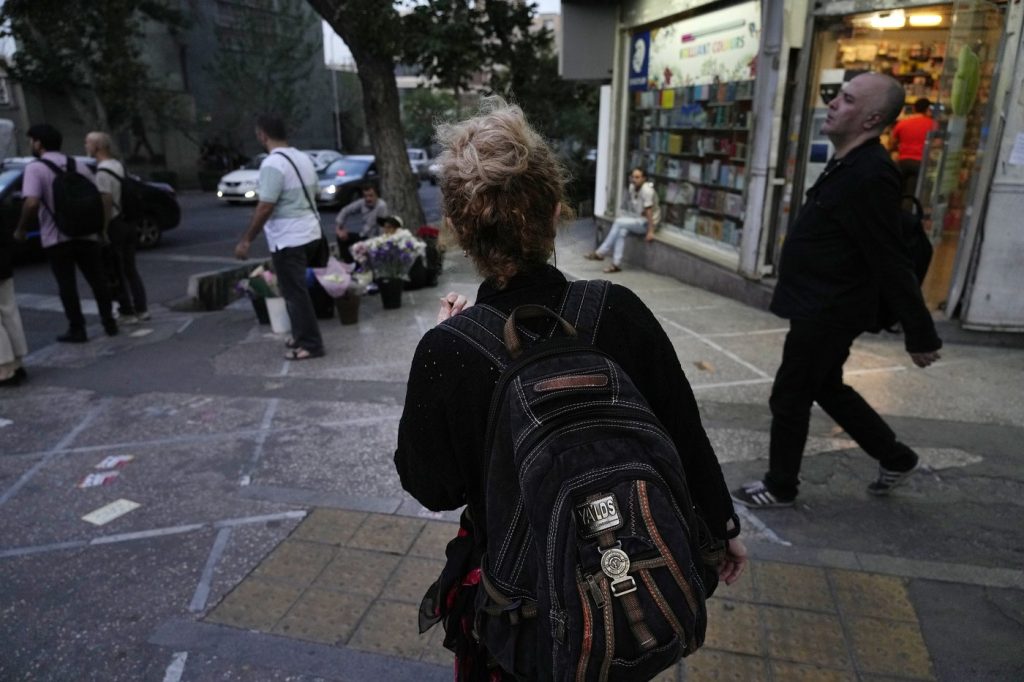GENEVA (AP) – A recent report by the United Nations highlights Iran's increasing reliance on electronic surveillance and public participation to enforce its mandatory headscarf laws for women. Despite a surge in protests following the death of Mahsa Amini, who died in police custody in September 2022 after being arrested for not wearing a hijab, hard-liners have responded with stricter enforcement measures, including harsher penalties for those defying the law.
The Independent International Fact-Finding Mission on the Islamic Republic of Iran stated that nearly two and a half years after the protests began, women and girls in Iran still encounter systematic discrimination that influences all areas of their lives, particularly concerning the hijab enforcement. The report notes that the state is increasingly using vigilante tactics and public involvement, portraying hijab compliance as a civic duty.
The findings of the 20-page report detail the methods employed by Iranian authorities to surveil the population. These include the deployment of aerial drones and facial recognition technology, notably implemented at the entrance of Tehran's Amirkabir University to identify women not adhering to hijab regulations. Additionally, surveillance cameras on key roadways are reportedly utilized to spot uncovered women, further tightening the grip on public conformity.
U.N. investigators have also scrutinized the "Nazer" mobile phone application, which allows citizens to report women seen without hijabs in vehicles, including those transporting vulnerable individuals like patients. This app allows users to submit detailed information such as location, time, and the license plate number of the vehicle allegedly in violation of hijab laws. Once reported, the vehicle's owner receives a text message in real-time, warning of the violation and the potential impoundment of their vehicle for non-compliance.
Reports indicate that instances of such surveillance tactics can lead to dangerous outcomes. For example, in July 2024, police officers shot and paralyzed a woman who activists claimed was fleeing a checkpoint after receiving a warning text message regarding her supposed hijab infraction.
Since the protests ignited after Amini's death, security forces have been implicated in the deaths of over 500 individuals and the detention of more than 22,000 people. Initially, there was a lull in enforcement activities; however, in April 2024, under a new initiative called the Noor Plan (meaning "Light"), police intensified their actions. Data from local human rights activists reveal that at least 618 women have been arrested under this plan.
In parallel to this crackdown on hijab violations, the U.N. reported that Iran executed at least 938 individuals in 2022, marking a threefold increase compared to 2021. Although many of these executions were linked to drug offenses, the report suggests a broader connection between such measures and the government's repression of dissent.
While Iran grapples with the enforcement of its hijab laws, the nation is also facing an economic crisis stemming from U.S. sanctions related to its advancing nuclear program. Despite U.S. President Donald Trump calling for new negotiations, the Iranian government has yet to respond to a letter sent to its Supreme Leader Ayatollah Ali Khamenei, amid ongoing national unrest fueled by both socio-political repression and economic distress.
Reported from Dubai, United Arab Emirates.
Jamey Keaten And Jon Gambrell, The Associated Press










